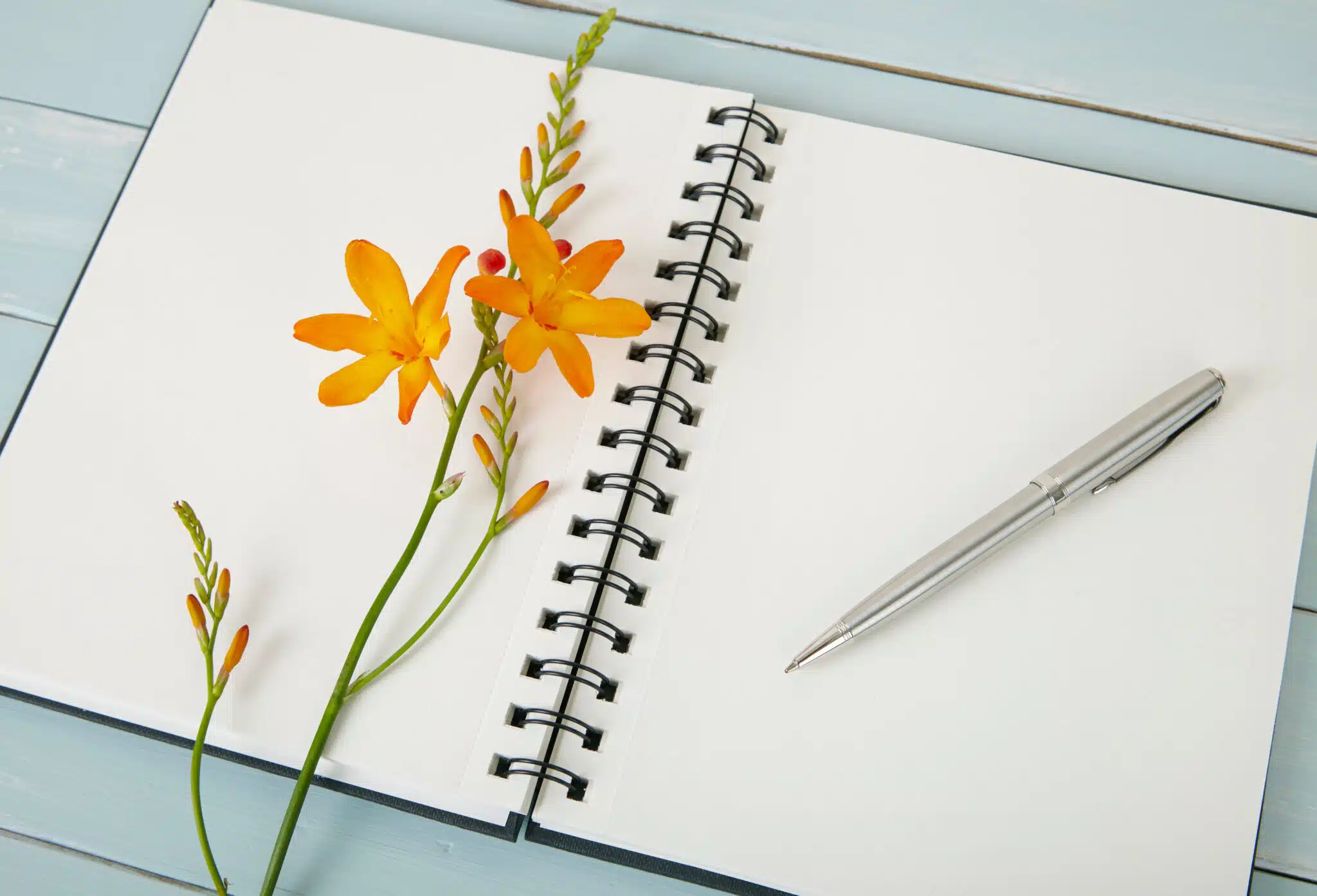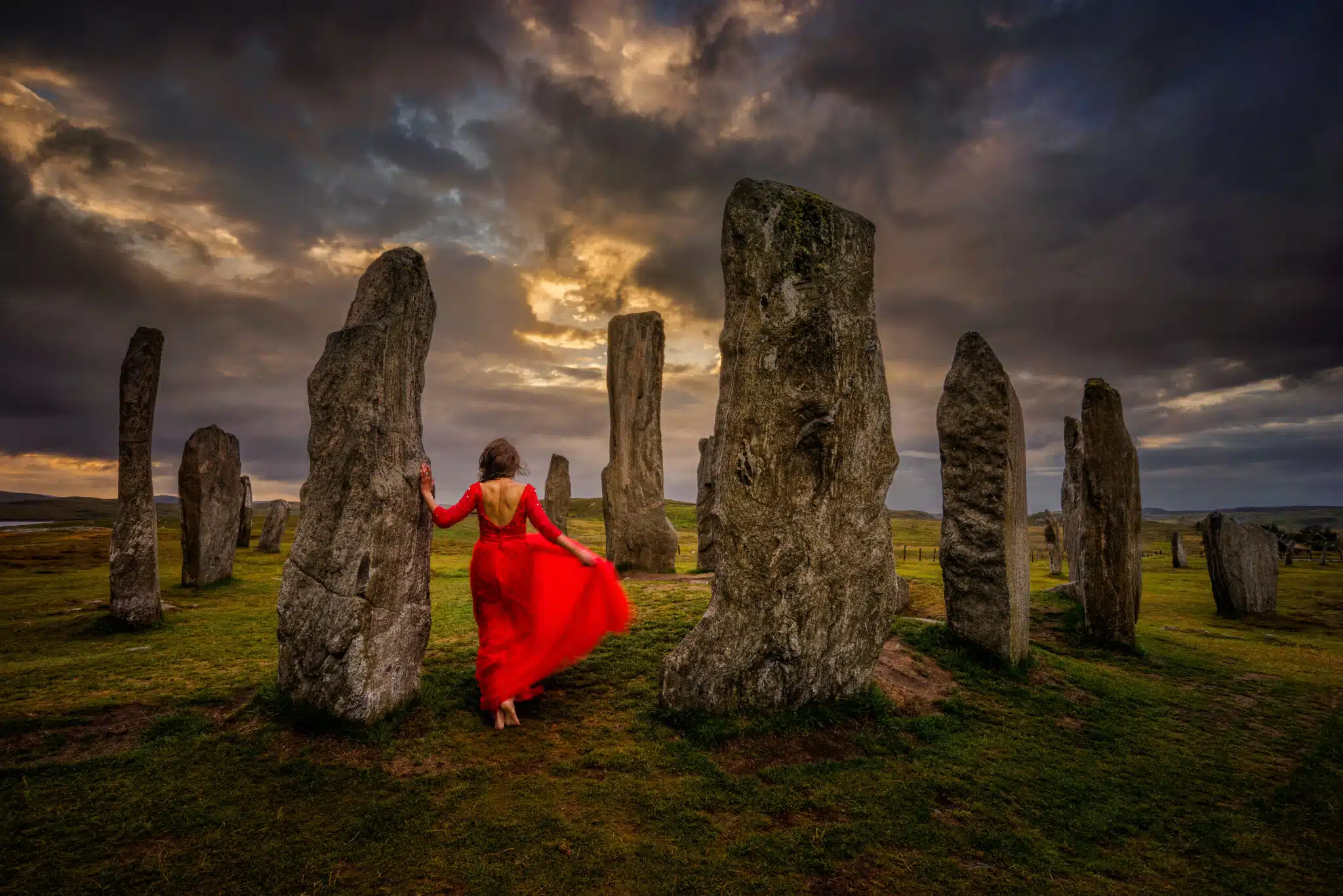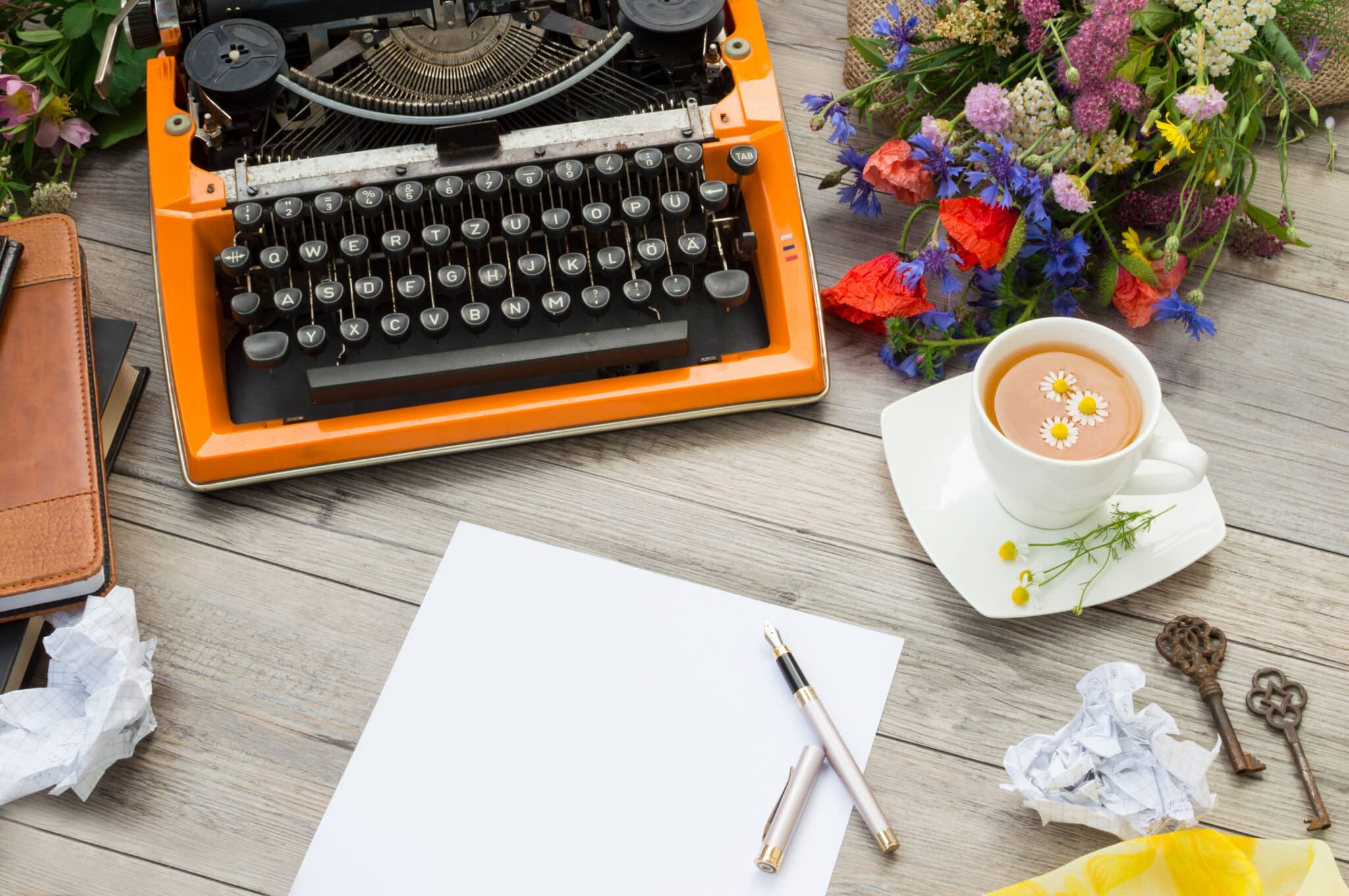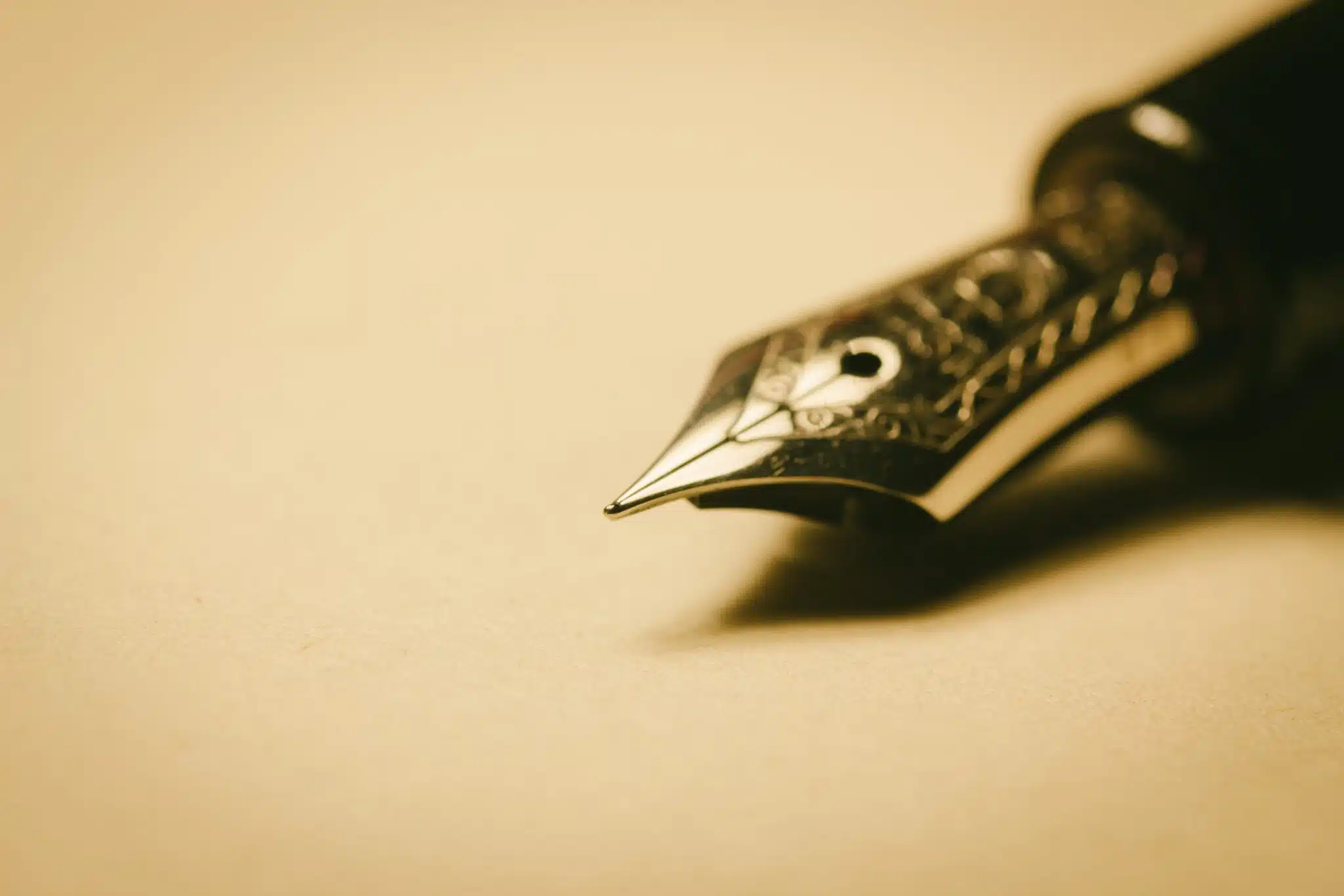Here’s what the Gwawdodyn Hir poetry form is:
Gwawdodyn Hir is a Welsh meter based on sixains (six-line stanzas).
It combines lines of nine and ten syllables, utilizing rhyme and cross-rhyme to enforce rhythm.
Superficially, it is an expanded version of the Gwawdodyn Byr, taking that same form and adding two more lines to it.
So if you want to learn all about the Gwawdodyn Hir poetry type, then you’ve come to the right place.
Let’s get into it!

Forms of Poetry: Gwawdodyn Hir

Gwawdodyn Hir is a Welsh meter utilizing rhymes and cross-rhymes to great effect, closely related to the Gwawdodyn and Gwawdodyn Byr forms.
Unlike both of its contemporaries, Gwawdodyn Hir is based on sestets (six-line verses) rather than quatrains (four-line verses).
In practice, the Gwawdodyn Hir is essentially an extended version of the Gwawdodyn Byr.
As is typical of Welsh forms, I should point out that online English sources explaining the poem are rather scarce.
This may be due to the time period in which they were popular or simply a lack of interest on the part of translators, but either way it’s important to go into this knowing that the information in this article only comes from a handful of sources.
Basic Properties of Gwawdodyn Hir

| Rhyme Structure | Strict, uses two sounds |
| Meter | Syllabic |
| Origin | Wales |
| Popularity | Largely restricted to Welsh history |
| Theme | Varies |
How Is Gwawdodyn Hir Structured?

Gwawdodyn Hir features a total of six lines per stanza, though the poem could ultimately be any number of stanzas as long as they match the intended structure.
It’s rather unique in that it’s essentially just the longer variant of another form (the aforementioned Gwawdodyn Byr), with all four of the first lines effectively being a carbon copy of that form.
The central two lines are nine syllables each while the first, second, fifth, and sixth lines are all ten syllables.
This odd asymmetry is barely noticeable in practice, but the syllable counts are expected to adhere rather strictly to the form.
End rhyme is used, but is not used on the third and fifth lines.
The end rhyme for all other lines is the same end sound, however, and this end sound is repeated one additional time around roughly the middle of the third line.
Additionally, the end of the fifth line rhymes with a word somewhere in the sixth line.
This unusual property means that while the verse will repeat one sound a total of five times, it will only use this extra sound twice, and only near the end of the verse.
This gives each verse a unique feeling of conclusiveness in the second half.
Representing unrhymed syllables as ‘x,’ the form can be written out as:
xxxxxxxxA
xxxxxxxxA
xxxxAxxxxx
xxxxxxxxxA
xxxxxxxxxB
xxxxBxxxxA
Note that the positions of the internal rhymes can shift a few syllables.
They’ll typically be roughly near the middle of the line but are not necessarily THE middle syllable.
Example of Gwawdodyn Hir

In days gone by I might have once known grace
but now it is all far too much to face.
I long for a space to hide away,
where life might go at my own soft pace.
Perhaps I’ll find it if I swiftly flee,
somewhere to be, to a safe old space.
The above poem is a basic interpretation of the form’s rules.
Of course the poem can be much longer than this, since the form actually defines the shape of an individual verse rather than the entire poem, but we only need this much to discuss structure.
Take special note of the two lines that do NOT share the end rhyme (lines three and five).
Each includes a cross-rhyme tying it to other parts of the poem, so these should not simply be treated as unrhymed poems in which the writer is allowed to let their guard down.
The above poem treats each couplet as a separate section, cutting down on the degree to which it needs to interact with the other lines in terms of syntax.
Compartmentalizing parts of a form like this can be helpful but do not be afraid to use enjambment and longer sentences in your own work if desired.
Tips for Writing a Gwawdodyn Hir Poem

Since the poem features so many instances of the same sound, caution is advised when choosing that sound.
As usual the easy-mode advice here is to focus on sounds that are easy for you to work with.
Most notably sounds that are used commonly in English endings, such as -ay, -ace, -ee, etc.
As a Welsh form, a certain preoccupation with sound should be expected.
Many Welsh forms prize the concept of cynghanedd (roughly ‘harmony of sound’) and heavily showcase assonance, consonance, and rhyme.
Opportunities to repeat a sound within a line should generally be embraced rather than avoided.
Complex topics, such as emotions and ideals, work well in Gwawdodyn Hir.
Even one verse of the form features just shy of sixty syllables, which is ample space to develop and nurture a thought.
Do not be afraid to choose a topic that sounds difficult, since you can always expand the form by adding more verses.
(They do not need to share the same sounds as the preceding verse. Each one is independent.)
Gwawdodyn Hir is not inherently among the hardest of the Welsh forms but I do believe it would give newer poets a challenge and consider it to be well within the intermediate range at the easiest.
Don’t feel bad if it takes you some time to get used to the uneven line lengths and cross-rhymes.
Learning a new form always comes with some obstacles.
Poet’s Note

In retrospect, I think it’s a good thing that I just happened to research Gwawdodyn Hir and Gwawdodyn Byr together.
They share an interesting relationship with each other in terms of structure that is seen in poetry from time to time.
If you want to see what I mean, or just prefer quatrains over sixains, then try researching and writing a Gwawdodyn Byr poem next.
Comprehensive Collection of Poetry Forms: Craft Words Into Art

Dare to traverse the entire spectrum of poetic forms, from the commonplace to the extraordinary?
Venture from the quintessential Sonnet to the elusive Mistress Bradstreet stanza, right through to the daunting complexity of Cro Cumaisc Etir Casbairdni Ocus Lethrannaigecht.
For those with a zeal to encounter the full breadth of poetry’s forms, this invitation is yours.
Start exploring the vast universe of poetic ingenuity with our comprehensive array of poetry forms right now!
